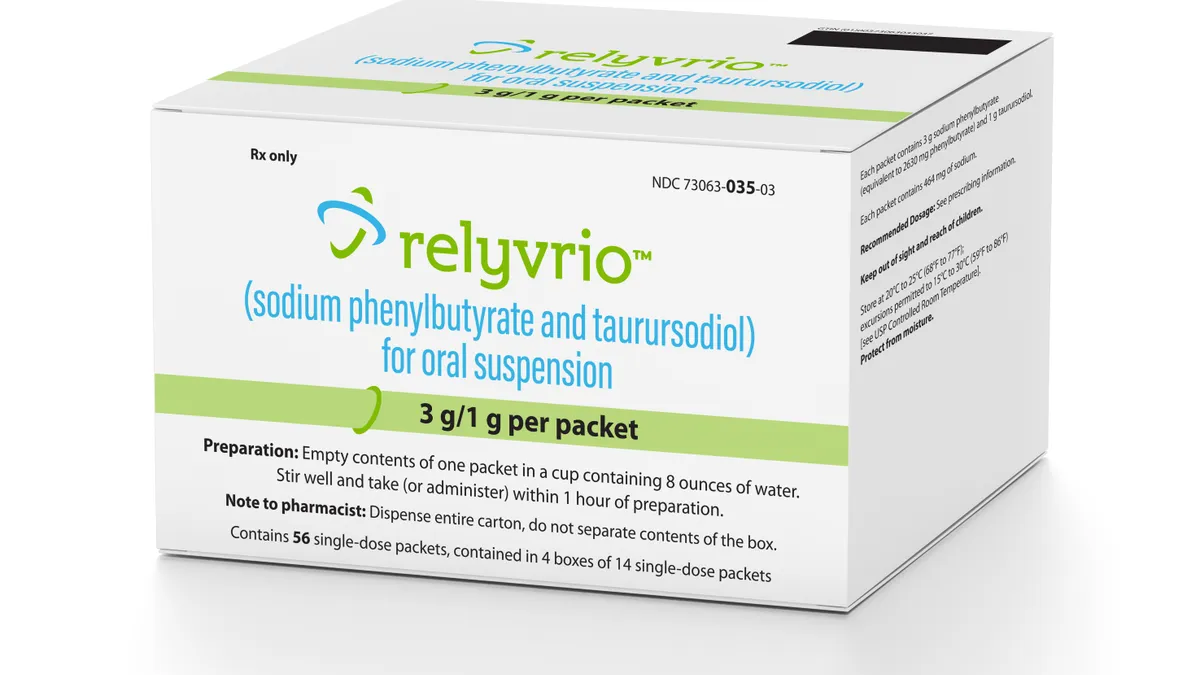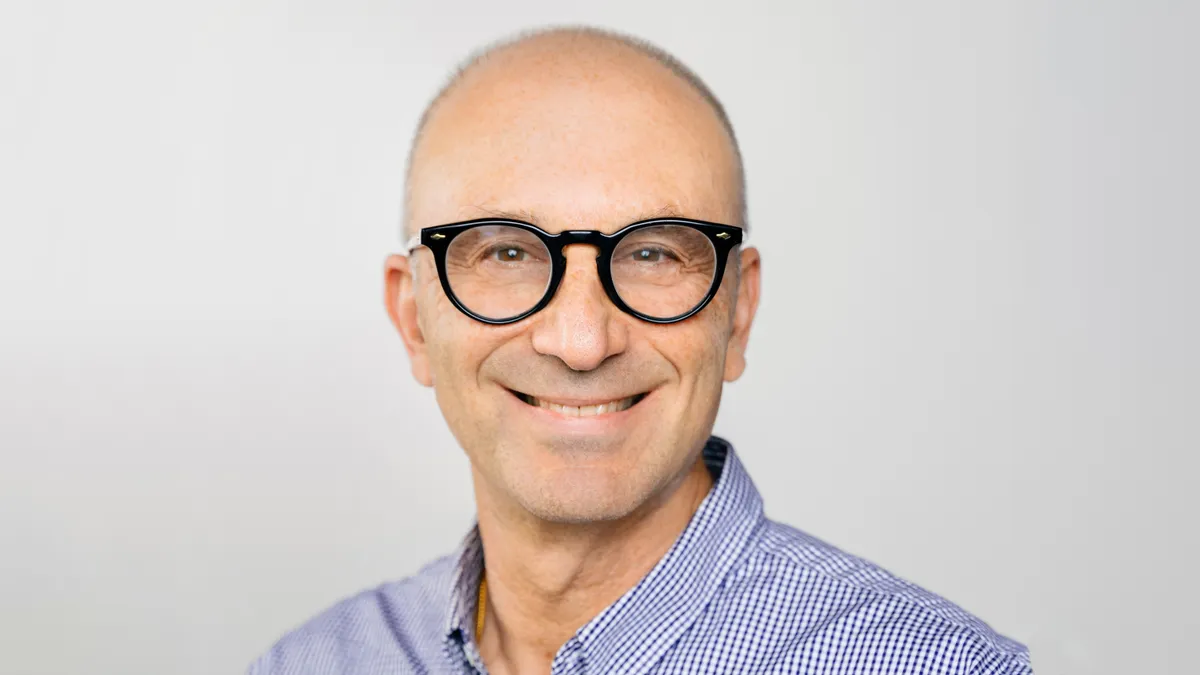Dr. Fumihiko Urano was just a few years into his research of Wolfram syndrome when he encountered one of the most influential forces behind drug R&D in rare diseases — caregivers who won’t give up.

It was 2010, and Urano had received an email from a woman in France whose son was diagnosed with Wolfram syndrome. A doctor told her that with no approved treatments for the rare genetic disease, there was no hope. She refused to listen.
After combing through scientific literature, she identified a few researchers who studied the disease and asked them to meet. Urano agreed to come to France and after arriving, the woman brought him and another scientist into a room, closed the door, and told them they couldn’t leave until they started to “figure this out.”
The meeting got the researchers talking and Urano soon began laying the groundwork for disease modeling, creating a patient registry and one day delivering a cure.
Two years later, as Urano’s work on the disease continued, Washington University School of Medicine in St. Louis offered him a position running research at its lab focused on Wolfram syndrome. As Urano considered the offer, another mother of a Wolfram syndrome patient who launched an advocacy group, met with Urano to reassure him she’d help raise the funds he’d need to keep R&D momentum going.
Today, Urano, a Samuel E. Schechter professor of medicine, leads work at what he said is likely the only lab in the country dedicated exclusively to Wolfram syndrome. Recently, results from one of their studies of a Wolfram drug candidate, AMX0035, offered a promising boost not just to patients but to Amylyx Pharmaceuticals, which is aiming to rebound from a major setback in ALS.
“Encouraging” results for AMX0035
Most of the recent news from Amylyx has been grim. The FDA OK’d the company’s lead drug to treat ALS in 2022 based on positive mid-stage data, but earlier this year, Amylyx announced it ultimately failed in a post-approval trial. Given the results, the company said a few weeks ago it would pull the drug from the market. The treatment was Amylyx’s only commercialized product and without it, the company said it would have to lay off 70% of its staff.
But there’s still clinical hope for AMX0035, which is being tested in other neurodegenerative indications including Alzheimer’s. Last week, the company released interim data for a phase 2 study dubbed HELIOS that trended in a positive direction for primary and secondary outcome measures in Wolfram syndrome.
Caused by mutations in the WFS1 or WFS2 genes, Wolfram syndrome impacts an estimated 3,000 Americans and is often characterized by the juvenile onset of diabetes, Urano, the principal investigator of the trial, said.
“I believe we will find [a cure] before I retire."

Dr. Fumihiko Urano
Samuel E. Schechter professor of medicine, Washington University
“The upstream genetic mutations lead to subsequent endoplasmic reticulum stress and mitochondrial dysfunction, and that cascades to downstream events that impact neurons in the brain, the eyes and insulin production,” Urano explained.
In its most severe form, the disease can cause patients to go blind, while the neurodegenerative effects can impact balance and the ability to swallow or breathe. Most patients with Wolfram syndrome die prematurely, sometimes because they stop breathing in their sleep.
“It’s a terrible disease,” Urano said.
One of the key hallmarks of disease progression is C-peptide levels, which shows how well a patient’s pancreas is producing insulin. The interim data from eight patients on the Amylyx trial showed an increase in C-peptide response after 24 weeks.
Better still, Urano said five of the eight patients also showed improvement in “visual acuity” and called this outcome “unexpected.” While preclinical modeling for AMX0035, a combination of sodium phenylbutyrate and taurursodiol, was positive, he anticipated that at best, the patients' vision would stay the same.
Overall, Urano said the results were “encouraging,” but cautioned that outcomes were not the same for every participant and that they’re still waiting for data on other trial patients.
But if the results hold up in broader testing, the indicators could signal that Amylyx has the first disease-modifying treatment for Wolfram syndrome on its hands. On a recent company call, Amylyx co-CEO Josh Cohen said the company already hopes to meet with regulators to discuss a path forward for the drug.
Next steps in Wolfram R&D
AMX0035 is one of just a couple candidates in clinical trials for Wolfram syndrome.
Urano’s lab also has a partnership with a biotech called Prilenia Therapeutics to test its experimental candidate targeting a sigma-1 receptor linked to neuroprotection. The company is trialing the treatment, called pridopidine, in Huntington’s disease, ALS, Alzheimer’s and more.
Urano is also leading studies for a regenerative medicine approach that uses a neurotrophic factor called MANF to restore vision.
Like AMX0035, drug candidates for Wolfram syndrome often target endoplasmic reticulum stress, a known mechanism of the disease. But a handful of candidates in preclinical testing also leverage cell therapy and gene editing approaches.
Urano said it could take a few years to “assess efficacy” from the HELIOS trial, and as the drug moves through development, he hopes future studies will involve pediatric patients to capture the effect of AMX0035 in earlier stages of disease progression.
With these results, Urano said he believes researchers are getting “closer and closer” to the cure he began focusing on after that meeting 14 years ago in France.
“I believe we will find it before I retire,” he said. “It will be a cure or a stabilization of the disease so patients can have a good quality of life. That’s what I’m aiming at.”





















